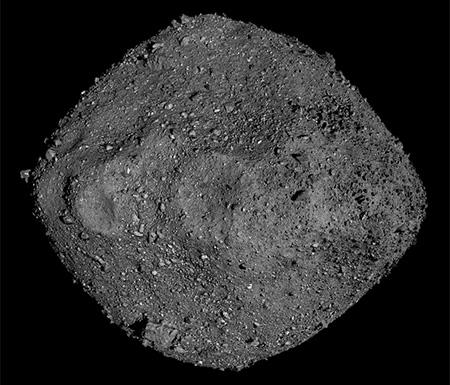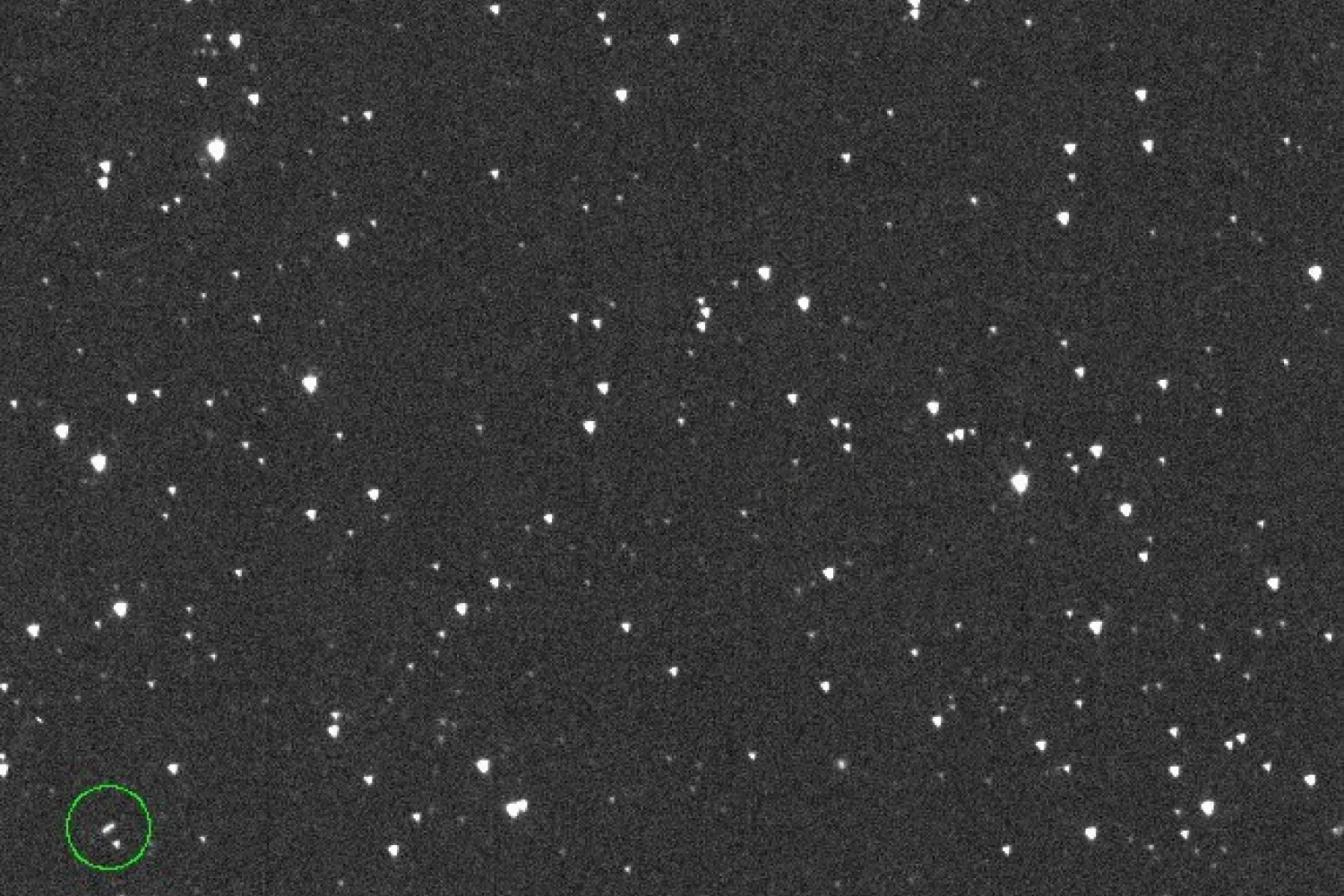Breadcrumb
Asteroid 2024 YR4 could hit Earth in 7 years – so what’s being done about it?
Not for the first time, doomsday warnings of a cataclysmic asteroid impact that will wipe out life on Earth are circulating the internet. Christ Church's Professor Stephen Smartt, a member of the NASA funded ATLAS project which first spotted Asteroid 2024 YR4, explains the significance of this discovery.
"This sort of story does the rounds every few years or so, usually either on a slow news day or as a distraction from more credible threats to civilisation such as ecological collapse, increasing wealth disparity, or violent computer games. This time however, the predictions are coming not only from tabloids and clickbait articles (our usual sources of dubious information), but legitimate scientific bodies. We may just want to pay some attention to those who have highlighted global warming, environmental destruction, and germ theory."
Asteroid Terrestrial-impact Last Alert System
"The discovery of this asteroid, given the name 2024 YR4, was made by ATLAS (Asteroid Terrestrial-impact Last Alert System). Consisting of four identical robotic telescopes (two in Hawaii, one in Chile, and another in South Africa), ATLAS patches together a complete image of the sky four times a day, seven days a week. This information is processed by a network of computers across the globe, assisted both by AI, physics and human analysis, to discover everything from fast moving asteroids to supernovae and the sources of gamma ray bursts - exploding stars nearing the end of their lifespan, their formation dating back to the beginning of the universe as we know it.
I was invited to join to the NASA funded ATLAS project by its creators, and my long-standing collaborators, John Tonry and Larry Denneau from the University of Hawai’i back in 2016. Every day, assisted by the distributed computing systems in Hawaii, Oxford and Belfast, the teams operating the four telescopes process and sift through the data to create a daily shortlist of notable happenings in the sky above. For asteroids and comets, the information is immediately relayed to the International Astronomical Union (IAU)’s Minor Planet Centre (MPC), which is the last acronym I’ll make you remember in this article.
Larry spotted 2024 YR4 streaking across the sky on the 27th December 2024 while checking the daily targets picked up from Chile’s ATLAS telescope. When he registered the discovery with the MPC, telescopes around the globe tracked the object, allowing the team to more accurately calculate its size, speed, and trajectory. 2024 YR4 is estimated to be between 40 and 90 metres in diameter, just short of the Las Vegas Sphere and it’s on a 4-year orbit. While its next orbit around the Sun in 2028 puts it at a comfortable distance from us (about 8 million kilometres), the subsequent approach on the 22nd December 2032 is calculated to whip straight through the gap between the Earth and the Moon."

2% probability
"Now, this is where the tabloids would advise you to stock up on toilet paper and baked beans, and yes, YR4’s trajectory has not yet been calculated with sufficient accuracy to rule out a collision. We just lack enough measurements of the asteroid’s position. Estimates put the probability of Earth impact in 2032 at 2%, which is uncomfortable enough for observers to pay close attention and to monitor the asteroid’s position in order to more accurately calculate the orbit and trajectory in 2032. But not so startling as to prepare for armageddon. A collision would have a devastating local impact, and would destroy an area about 50km across, with the estimated energy release a few hundred times the energy of the “Little Boy” nuclear bomb dropped on Hiroshima. These types of asteroids are often dubbed “city-killers”. However even in the unlikely event of collision, the impact zone would most likely be in the ocean or a low population density region of land.
So, to sum it up, 2024 YR4 probably won’t collide with the Earth, and it certainly wouldn’t wipe out humanity. However it raises the question that if the threat were more serious, would any government which is technologically capable spend their own resources to potentially save a city in another country by launching a mission to deflect or destroy? In today’s geopolitical climate it’s hard to foresee such human generosity emerging. Only the USA or China are capable of going it alone with the hammer approach. A prospective hit on US or Chinese soil might initiate a national mission to protect their own citizens, otherwise evacuation is the most likely mitigation."
A handful of dedicated people
"The public may imagine an army of scientists, with the full might of Nasa and Esa’s fleet of spacecraft and resources, safeguarding the Earth. The reality is a handful of dedicated people hunched over a computer, often at home outside working hours, scouring the results of their computer analysis for a blip that wasn’t there the night before.
Perhaps worrisome that it falls on so few individuals, but you can be reassured that such people are some of the most capable astronomers and physicists on the planet, and they won’t rest while the orbit is still uncertain. The biggest telescopes on earth are currently tracking 2024 YR4 as it drifts away from us and it will soon disappear from even their view. The James Webb Space Telescope should be able to measure its size more accurately in the next two months. After that, there’s not much more we will learn until 2028 when asteroid 2024 YR4 will reappear and the observations and calculations will begin again, as will the media stories. In the meantime, I highly recommend the movie Don’t Look Up (2021), and starting conversations about how humanity would react if the 2% chance begins to increase."
Short video of asteroid 2024 YR4 from ESO’s Very Large Telescope in Chile, which was used to measure the orbit more accurately. Credit : ESO Very Large Telescope, Oliver Hinaut.
Other Christ Church news

Asteroid 2024 YR4 in the ATLAS discovery images.
Credit: Larry Denneau, John Tonry, Henry Weiland, Rob Siverd, University of Hawaii and NASA


